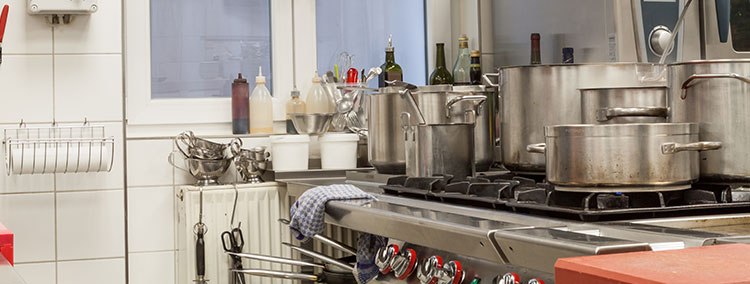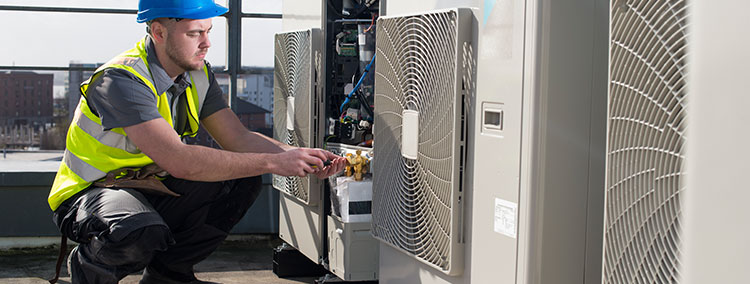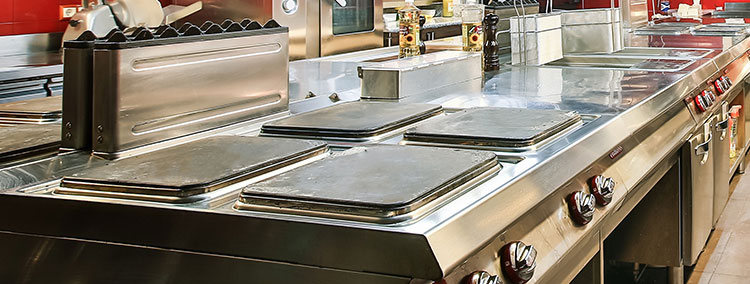Appliances break down every time, and the problems range from minor issues to complex ones. There are different ways of dealing with these problems. Some of the problems are minor, and you can have them fixed with the help of an appliance repair professional, while others require you to replace the entire unit.
To help you out, here are some of the common appliance problems and how to deal with them:
The freezer not maintaining the correct temperature
This could indicate a problem with the door seal. Check for tears, warping in the corners, and even areas where the seal has hardened. You can replace it yourself.
Sometimes it’s as simple as removing the old one, but you may need to unscrew several screws that hold it in place. New seals are available online at a small cost.
The problem could also be with your refrigerator’s thermostat, which is located behind the temperature dial. You can replace this with a few home DIY tools.
If your fridge-freezer has front-mounted digital controls, this is a significantly more complicated problem to repair and should be done by a professional.
Your freezer drawers might also break. Thankfully, you can buy new drawers and replace the unit. It is simply a matter of purchasing the appropriate part for the model you have.
When doing it, be aware that manufacturers sometimes charge a high price for them, so look around to see if you can obtain the one you want for less elsewhere.
Water leaking from the bottom of the fridge.
This could be caused by a clogged drain hole. Water condenses at the rear of the fridge, where it is colder, and runs down into the drain hole.
Dust, grime, and food waste frequently become stuck within, but you can quickly clean it using a small straw, a piece of wire, or a cotton bud.
If this does not work, consider purchasing a special drain hole cleaning tool. A skilled repairer may also use a steam cleaner to go further into the pipe.
If the defect causes your fridge to be written off, you have no other way out other than to get a new unit.
Faulty battery in your vacuum cleaner
All lithium-ion batteries lose capacity with time, although you can easily replace them. A cordless vacuum can only be considered a good buy if its battery is changeable. The bad news is that they can be pricey.
If the battery is not changeable, you don’t have another way out other than to replace the entire vacuum cleaner.
If the battery is replaceable, go ahead and install a new one. You should charge your battery only with the official charger and keep it away from heat to extend its life. Try not to drain the battery entirely. Frequent short charges are preferable for keeping it healthy.
To avoid being left holding a unit that will be cumbersome to own, take your time when making the purchase. As a rule of thumb, only buy a vacuum cleaner with a replaceable battery.
The dishwasher failing to drain as well as it should
The most common culprit is a blocked filter or pump, which you should be able to fix on your own. The pump is found under the filter.
You will need to remove the top and wash the inside. If this does not solve the problem, examine the drain tube at the back of the machine for blockages.
Besides your unit failing to drain as well as it should, it also might have a faulty seal. If your dishwasher leaks slightly, you have a broken door seal. Thankfully, a replacement seal comes cheap.
Another common problem with dishwashers is a faulty electrical system. Professional repairs for electrical issues don’t come cheap, therefore, it may not be worthwhile to fix older or less expensive models. Request a quote from an engineer before deciding on whether to fix your unit or not.
Burners not working in the hob.
If your gas burner does not ignite, it is likely that the spark is not working correctly. If it doesn’t stay lit, it’s because of the thermocouple. Replacing this is a job best left to professionals.
Faults on electric hobs, whether ceramic or induction, are far more difficult to diagnose. Your best bet is to contact an expert or get a replacement.
The touch controls might also fail to work. Problems with the controls will most likely be attributed to the circuit board (PCB), which is hidden beneath the glass surface.
You will need to get a professional quote to replace this. It’s complicated and expensive, so you might be better off replacing the entire unit.
The dishwasher is wobbly and noisy.
Almost all current washing machine drums are sealed shut, so you can’t disassemble them to replace the bearings (the most common source of issues).
This implies you’ll need to replace the entire drum, which is a costly and demanding repair best left to professionals.
You may be better off purchasing a new model because of the high cost. Obviously, you should request a quote before making a selection.
Your dishwasher might also fail to empty the water as well as it should. If your washing machine isn’t draining water properly, take a look at the filter behind the door lock.
Try to clear it out. If that doesn’t work, simply replace it. If it does not solve the problem, the drain pump is most likely the culprit. It is difficult to replace yourself and is not for the faint of heart, so you should hire an expert to help you out.
Parting shot
These are some of the common issues you can have with your appliances. You can fix the unit by yourself, but if the problems are too complex, let an experienced commercial appliance repair Northern VA professional help you out.
As mentioned, always weigh your options and find out whether fixing the problem is worth the cost or if you should simply get a new unit.






